
Füssen Stadtkirche St. Mang Foto & Bild deutschland, europe, bayern Bilder auf
Benediktinerkloster St. Mang is a Benedictine monastery located in the town of Füssen in the Bavarian region of Germany. The monastery was founded in the 9th century by the Bavarian nobleman Magnus of Füssen, who later became Saint Magnus. The monastery's name comes from another saint, Saint Mang, who was a monk and a missionary […]

Kloster St. Mang Füssen Foto & Bild architektur, sakralbauten, außenansichten von kirchen
A picturesque sight at once, St. Mang's Abbey was established in the 9th Century for the Prince-Bishops of Ausburg, on the site of Magnus of Füssen's oratory and cell, where his untarnished body was found. Formerly a Benedictine abbey, it was built in Bavaria in Germany at a point of medieval strategic importance. The remains of the patron saint were finally interred at the now-dissolved.

Benediktinerkloster mit Basilika St. Mang von oben gesehen, Füssen im Allgäu, Bayern
St Mang Basilica & Shrine of Blessed Francis X Seelos. A beautiful barock church dedicated to the Apostle of the Algäu,St Magnus,referred to locally as St Mang.The origional chapel built by him in the 7th century lies below the main altar and can be seen by attending one of the church tours in German.Inside the Basilica on the right hand side.

St . Mang Kloster Sehenswürdigkeit bei Füssen im Allgäu
The Museum of Füssen. The Museum of Füssen is located in the southwest wing of the former Benedictine monastery of St. Mang, which was built in the early 18th century under the architect Johann Jakob Herkomer after Venetian model. Together with the High Palace it constitutes one of the main features of Füssen's townscape.

Das mächtige Kloster St. Mang in Füssen Reutte
Former Benedictine Abbey. The ancient, somber building below is the former Benedictine Abbey of St Mang founded in the first half of the 9th century. Saint Magnus or St. Mang, a missionary saint in southern Germany settled in Fussen, built a cell and small chapel. St Mang died on 6th September, the actual year of his death is unknown.
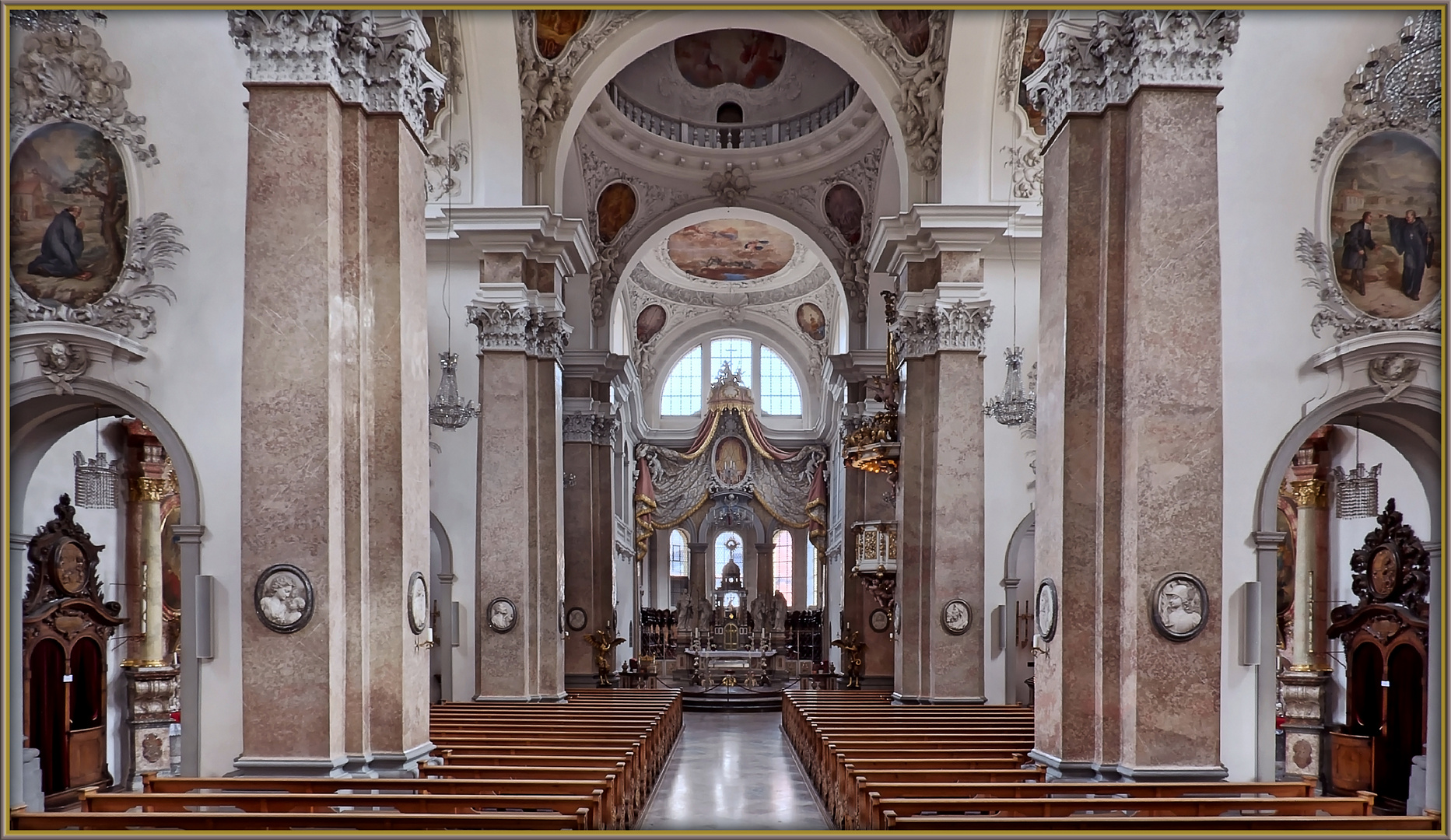
Füssen St. Mang Foto & Bild kirche, kirchen, barock Bilder auf
Magnus of Füssen, otherwise Magnoald or Mang, was a missionary saint in southern Germany, also known as the Apostle of the Allgäu. He is believed to have been a contemporary either of Gall (died 627) or of Boniface (died 754) and is venerated as the founder of St. Mang's Abbey, Füssen .
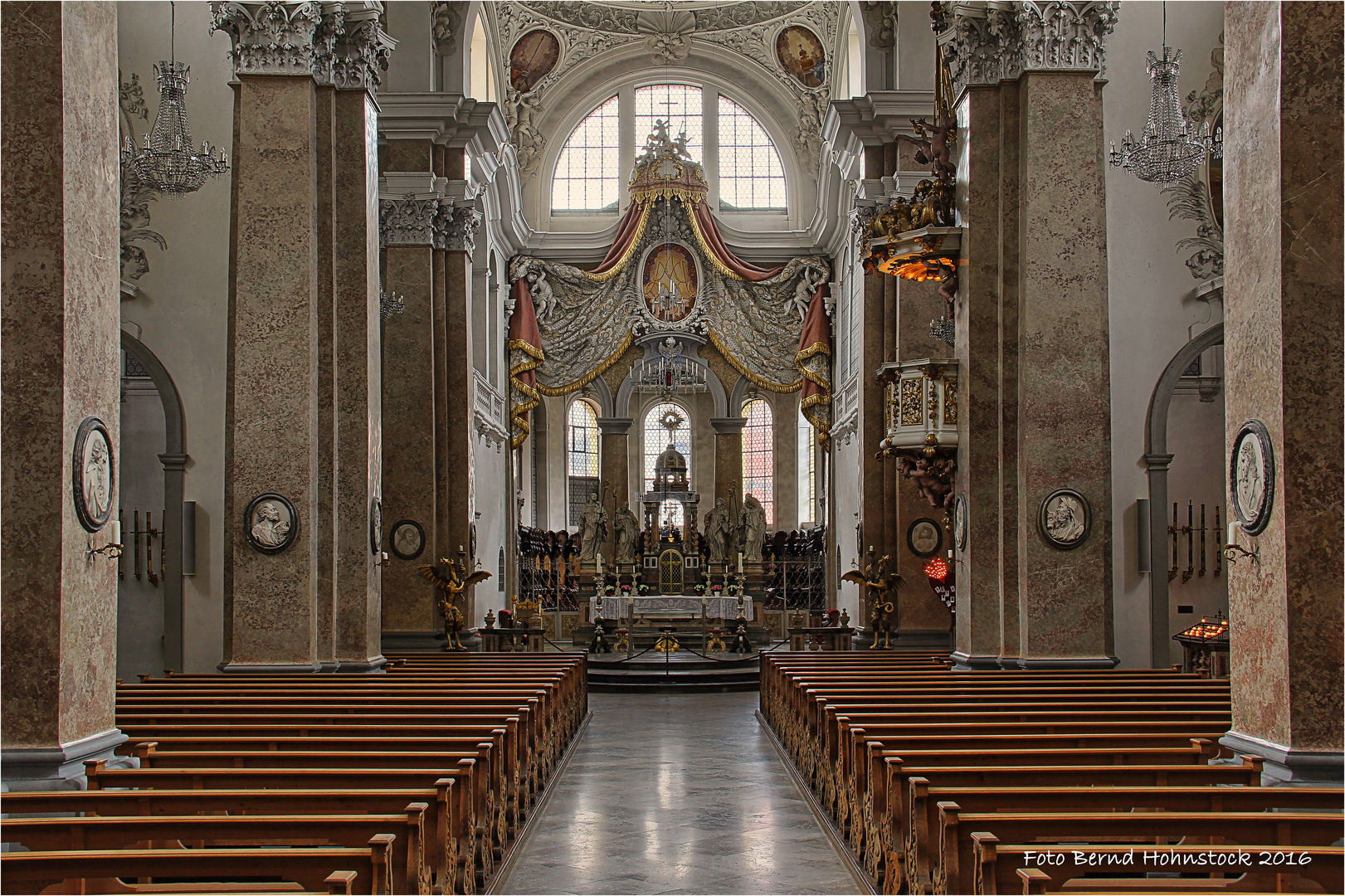
Klosterkirche St. Mang Füssen.. Foto & Bild kirche, architektur, füssen Bilder auf
The magnificent Benedictine monastery of St. Mang in Füssen has existed since the 8th century and is today considered one of Germany's nationally valuable cultural monuments. The baroque complex rises majestically on the high bank of the Lech and today houses the museum of the town of Füssen, the town administration and the parish church of.

St. Mang in Füssen historisches Benediktinerkloster
St Mang's Abbey, Lechhalde 3, Füssen, Germany, +49 836 290 3146. Kalvarienberg . Since Bavaria is extremely Catholic, most cities in Germany's largest state have some sort of Way of the Cross. And since much of Bavaria is mountainous, many of these make convenient hiking paths with built-in places to sit down an have a rest. Built in the.

Füssen Kloster St. Mang Das Benediktinerkloster St. Mang… Flickr
Die Kirche St. Mang in Füssen im Allgäu wurde als Klosterkirche des Benediktinerklosters St. Mang errichtet und ist seit Auflösung des Klosters Anfang des 19. Jahrhunderts katholische Stadtpfarrkirche Lage. Das Kloster St. Mang liegt über dem Lech unterhalb des Burghügels des Hohen Schlosses. Die Pfarrkirche liegt am westlichen Ende des.

Kloster Sankt Mang Kloster St. Mang Foto & Bild deutschland, europe, bayern
FÜSSEN. Der heilige Magnus und das in seiner Nachfolge im 9. Jhd. gegründete und nach ihm benannte Kloster St. Mang haben die Geschichte Füssens und der umliegenden Region über Jahrhunderte hinweg geprägt. Füssens Stadtpatron Magnus kam im 8. Jhd. wahrscheinlich aus dem rätoromanischen Raum in die Region.

Bistum Augsburg
Geschichte. Das Benediktinerkloster St. Mang wurde in der ersten Hälfte des 9. Jahrhunderts als Eigenkloster der Bischöfe von Augsburg errichtet. Der Gründungsvorgang reicht jedoch zurück auf das Wirken des Einsiedlers Magnus, der hier eine Zelle und ein Oratorium erbaut hatte und dort an einem 6. September verstarb.
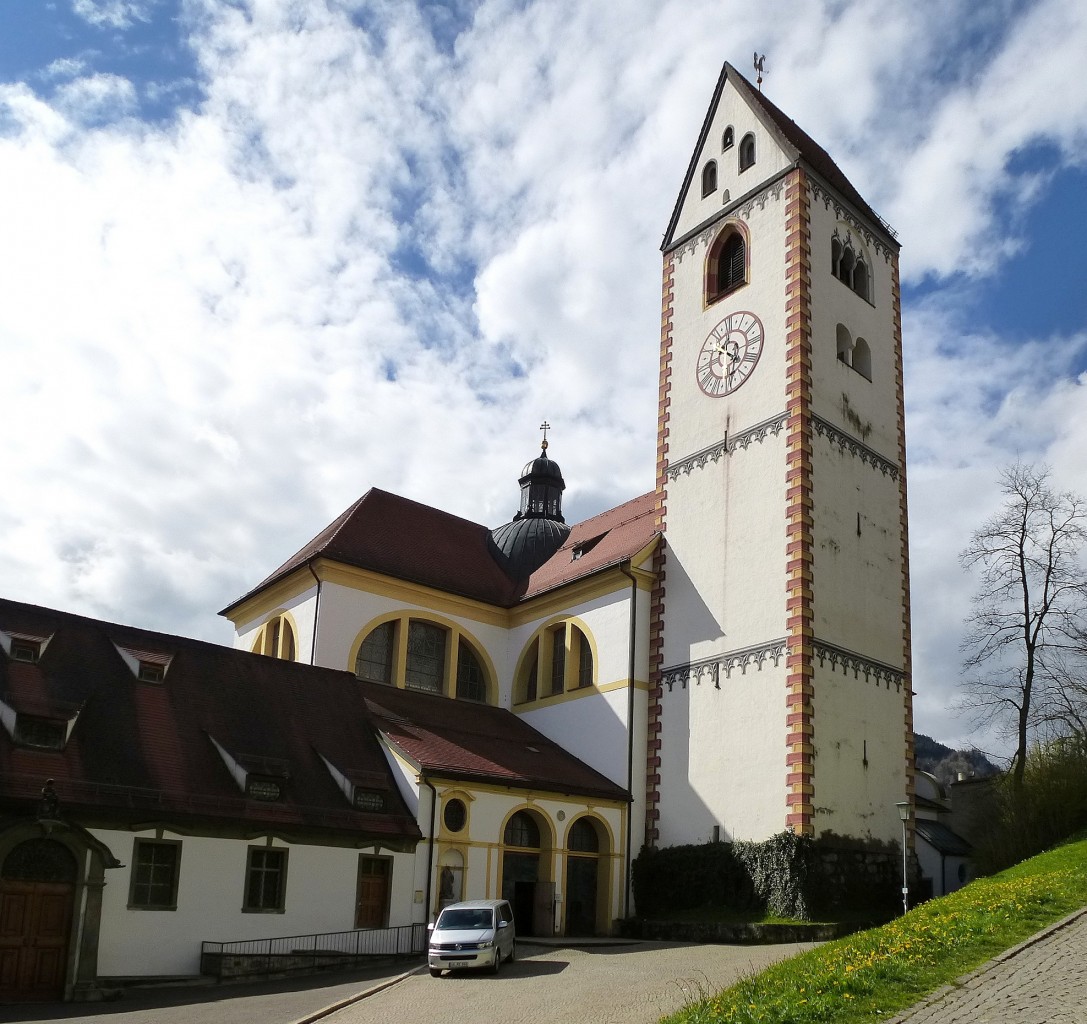
Füssen, die Basilika St.Mang des ehemaligen Benediktinerklosters, April Staedtefotos.de
Stadtpfarrkirche St. Mang. Magnusplatz 1. 87629 Füssen. Die Stadtpfarrkirche St. Mang liegt in der Füssener Altstadt am Magnusplatz. Einige kostenlose Parkmöglichkeiten bestehen während der Gottesdienste am Magnusplatz. Ansonsten können die 5 Gehminuten entfernten öffentlichen Parkplätze an der Morisse genutzt werden.

Kloster St. Mang in Füssen im Allgäu / Bayern (Bavaria) Flickr
St. Mang's Abbey, Füssen or Füssen Abbey was a Benedictine monastery in Füssen in Bavaria, Germany. It was founded in the 9th century, and dissolved during the post-Napoleonic secularisation of Bavaria.
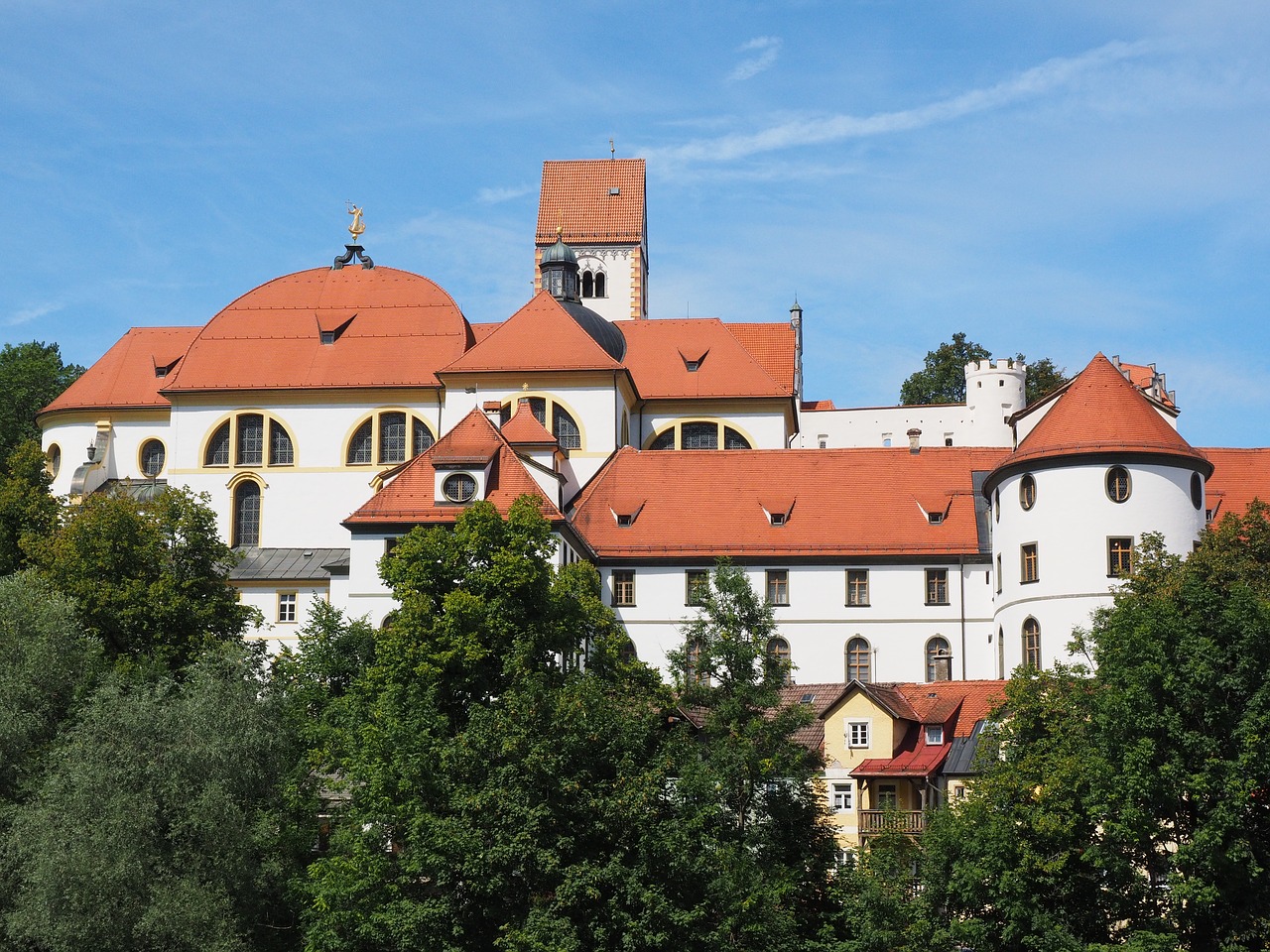
St mang's abbey,füssen,monastery,benedictine,benedictine monastery free image from
Füssen, Germany. The Benedictine abbey of Saint Mang was founded in the first half of the 9th century as a proprietary monastery of the Prince-Bishops of Augsburg. The reason for its foundation goes back to the hermit Magnus of Füssen (later Saint Mang) and his Benedictine brother Theodor, both from the Abbey of Saint Gall, who built a cell.
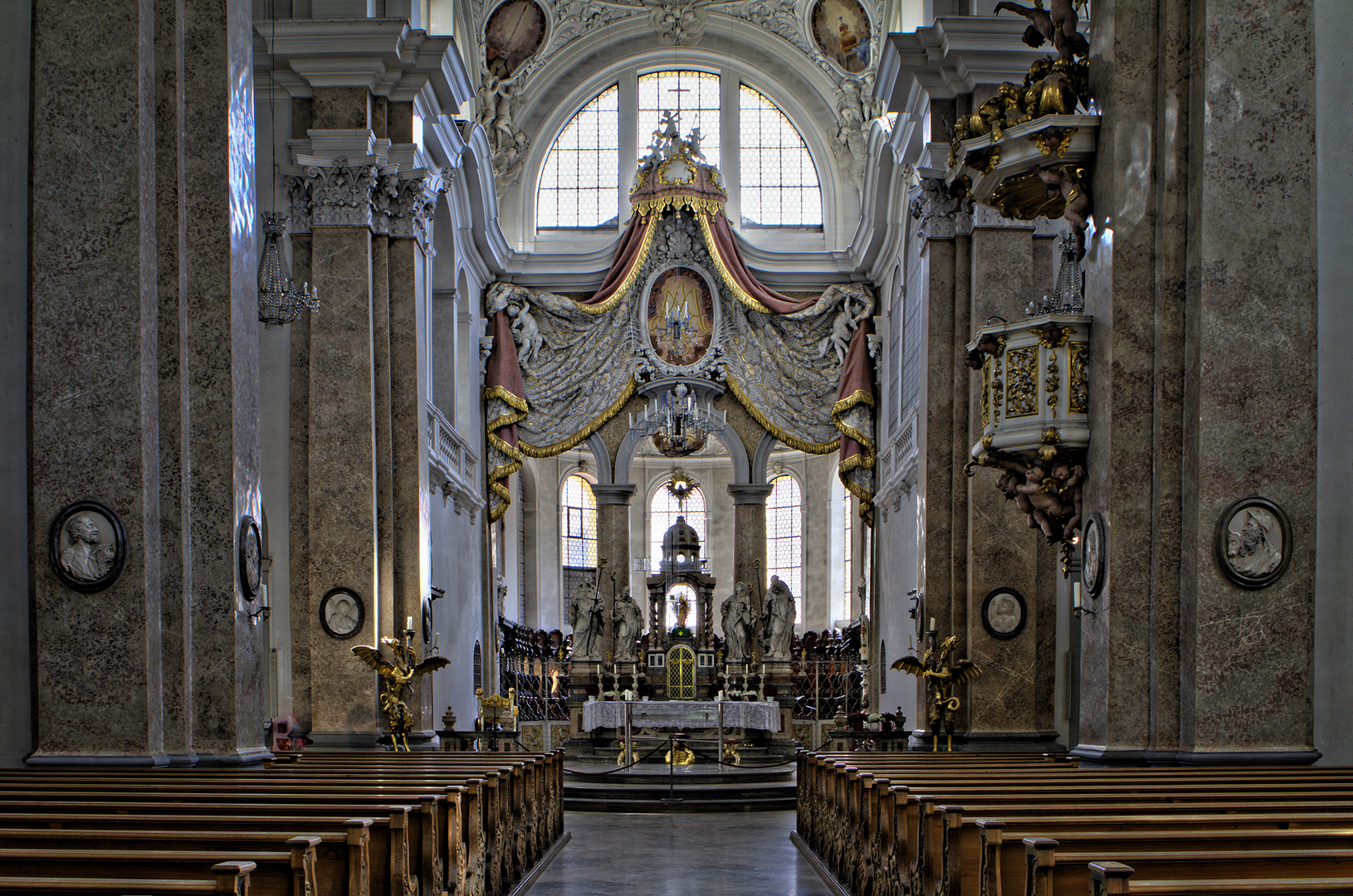
St. Mang Füssen Foto & Bild architektur, deutschland, europe Bilder auf
Lechhalde 3. 87629 Füssen. Phone number: +49 (0)8362 903143. E-mail address: [email protected]. Website: www.mueseum.fuessen.de. Route anzeigen.
The museum of the city of Füssen is located in the southern part of the former Benedictine Abbey of St. Mang. This impressive monastery complex survived the secularization of 1803 and the crisis.

Füssen Abtei oder St. Mang (Kloster Sankt Mang) ist ein ehemaliges Kloster der Benediktiner in
Benediktinerkloster St. Mang: Lauten- und Geigenmachermuseum Das Geigenbaumuseum im Kloster St Mang. Füssen ist bekannt als die Geburtsstätte des gewerblich betriebenen Lautenbaus in Europa. Schon Ende des 14. Jahrhunderts werden Füssener Lautenmacher in den Archiven erwähnt.